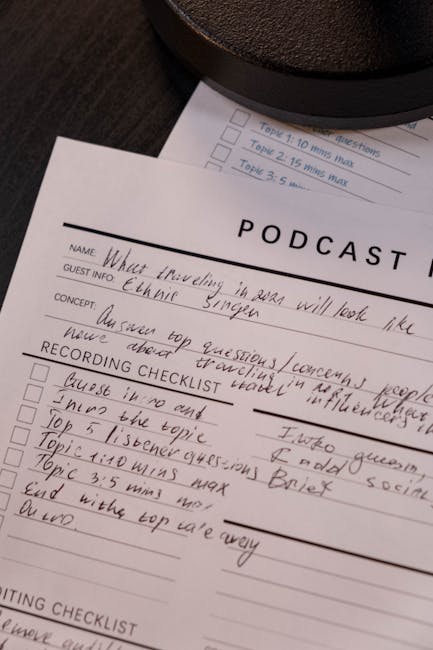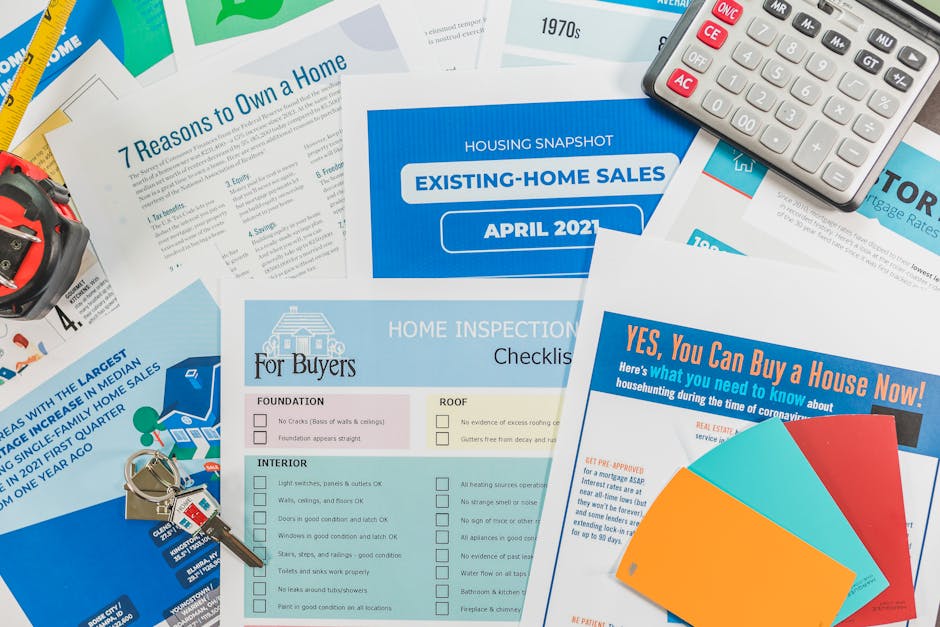The Definitive Guide to IoT and Big Data: Your Ultimate Checklist
Welcome to the definitive guide on the powerful combination of the Internet of Things (IoT) and Big Data. In today’s digital landscape, the convergence of IoT and Big Data is revolutionizing industries, driving innovation, and transforming the way we interact with technology. This comprehensive checklist will provide you with the essential knowledge and tools to navigate the complex world of IoT and Big Data successfully.
Understanding IoT and Big Data
Before diving into the checklist, let’s first understand the fundamentals of IoT and Big Data.
Internet of Things (IoT): IoT refers to a network of interconnected devices that communicate and share data over the internet. These devices, ranging from sensors and wearables to industrial machines and vehicles, generate massive amounts of data in real-time.
Big Data: Big Data encompasses large volumes of structured and unstructured data that organizations collect and process for insights and decision-making. This data is characterized by its volume, velocity, variety, and veracity.
Checklist for IoT and Big Data Integration
Now, let’s explore the key components of successfully integrating IoT and Big Data:
1. Define Your Objectives
Clearly outline your objectives for leveraging IoT and Big Data technologies. Whether it’s improving operational efficiency, enhancing customer experiences, or gaining predictive insights, defining your goals is essential.

2. Choose the Right IoT Devices and Sensors
Select IoT devices and sensors that align with your objectives and data requirements. Consider factors such as connectivity, data accuracy, scalability, and security when choosing your IoT hardware.
3. Implement Robust Data Collection Mechanisms
Establish efficient data collection mechanisms to gather, store, and process data from IoT devices. Utilize IoT platforms and cloud services to manage data streams effectively and ensure data quality and integrity.
4. Ensure Data Security and Privacy
Implement stringent security measures to protect IoT data from cyber threats and breaches. Encryption, access controls, and regular security audits are essential to safeguard sensitive information and maintain data privacy.
5. Integrate Big Data Analytics
Leverage Big Data analytics tools and technologies to extract valuable insights from IoT data. Implement machine learning algorithms, predictive analytics, and data visualization techniques to derive actionable intelligence and drive informed decision-making.
6. Optimize Data Storage and Management
Choose scalable and secure data storage solutions to accommodate the large volumes of data generated by IoT devices. Consider using cloud storage, data lakes, or distributed databases for efficient data management and accessibility.
7. Ensure Regulatory Compliance
Adhere to data protection regulations and industry standards to ensure compliance and mitigate legal risks. Stay informed about data privacy laws such as GDPR, HIPAA, and CCPA to protect consumer data and maintain regulatory compliance.
8. Monitor Performance and Continuously Improve
Monitor the performance of your IoT and Big Data systems regularly to identify areas for improvement and optimization. Implement feedback loops, conduct data audits, and incorporate user feedback to enhance system performance and reliability.

Benefits of IoT and Big Data Integration
The integration of IoT and Big Data offers a multitude of benefits for organizations across various industries:
1. Improved Decision-Making: By analyzing real-time data from IoT devices, organizations can make informed decisions quickly and proactively address issues.
2. Enhanced Operational Efficiency: IoT sensors and Big Data analytics streamline processes, optimize resource utilization, and reduce operational costs.
3. Personalized Customer Experiences: Leveraging IoT data allows businesses to deliver personalized services and products tailored to individual preferences and behaviors.
4. Predictive Maintenance: IoT-enabled predictive maintenance helps organizations forecast equipment failures, schedule maintenance proactively, and prevent costly downtime.
Conclusion
In conclusion, IoT and Big Data integration presents immense opportunities for organizations to gain a competitive edge, drive innovation, and deliver superior experiences to customers. By following this ultimate checklist and leveraging the power of IoT and Big Data technologies, you can unlock the full potential of data-driven insights and transform your business in the digital age.
